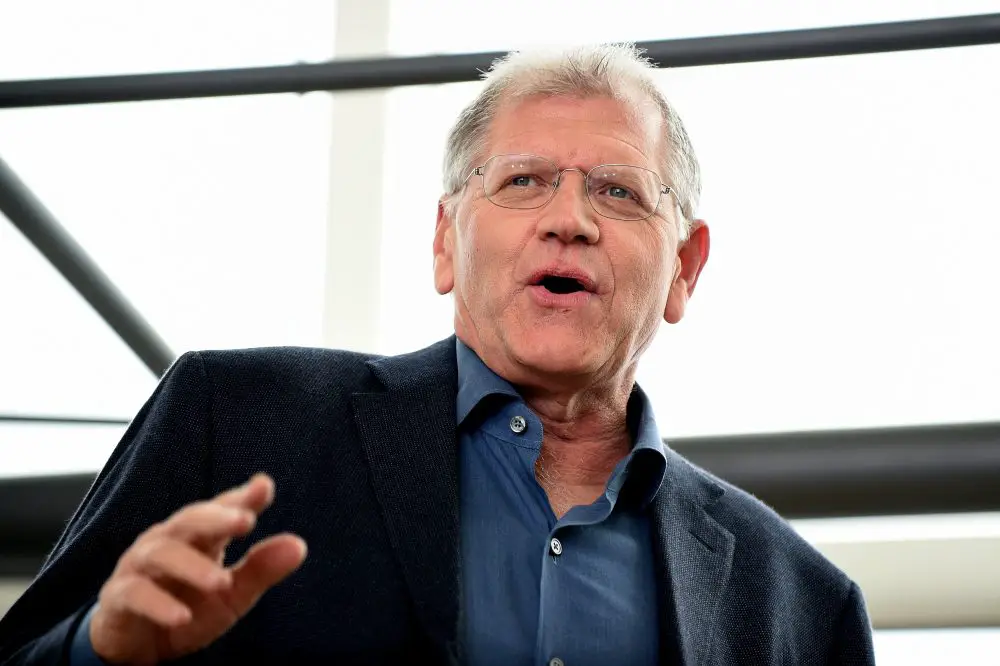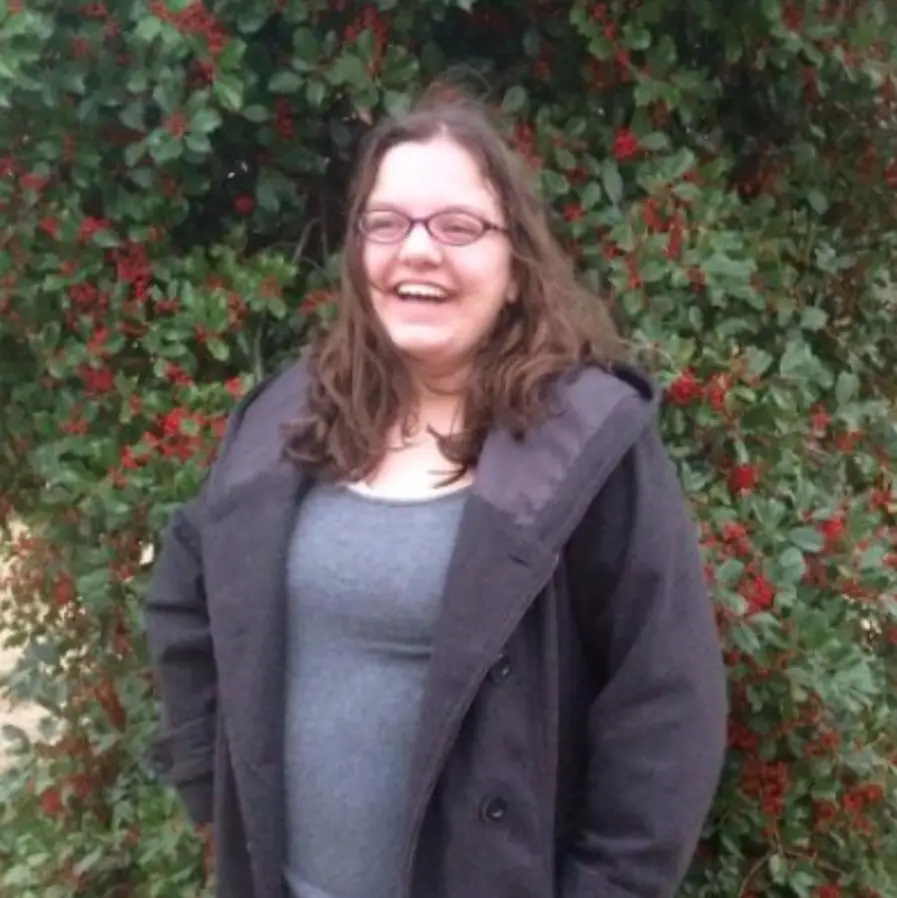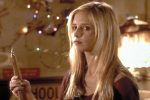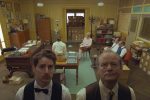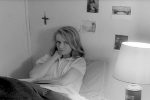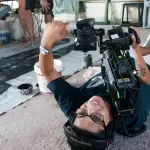Robert Zemeckis, a producer, writer and director, has a knack for unbelievable special effects, peculiar comedy and sincere stories. Since the 1972 short film, “The Lift,” he has soared into millions of movie lovers’ hearts as he continues to direct incredible films. With 29 director credits to his name, Zemeckis’ directorial efforts are the highlight of many beloved films from the ’70s through current productions in Hollywood.
Every fan knows that only covering six movies can cause a ruckus because Zemeckis has many notable films that stand out for different reasons. Nevertheless, six films score the top slots on the must-watch “A Robert Zemeckis Film” bucket list.
Back To the Future Part I (1985)
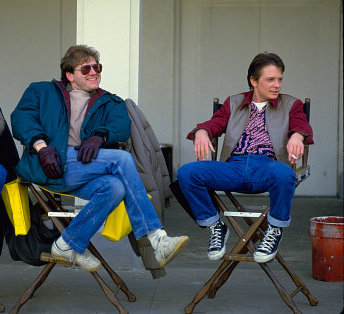
Marty McFly (Michael J. Fox), “an absolute dreamboat,” as young Loraine (Lea Thompson) dubs him, accidentally travels back to 1955 in a time machine that his eccentric scientist friend, Doc Brown (Christopher Lloyd) built, and Marty must avoid erasing himself from existence.
“Back to the Future,” a time-traveling cinema favorite among a vast audience, embodies the unbelievable special effects that Robert Zemeckis does in many films quite remarkably.
Although Robert Zemeckis and Bob Gale’s story idea was shock down multiple times by every network, their work of genius came to life through the Industrial Light and Magic department incredible series of special effects. One of the most memorable special effect sequences happens in the year 1955 when the famous Hill Valley Lightning Storm strikes the clock tower.
Doc Brown tells the cop that he is doing a weather experience, but the audience knows that he is preparing to send Marty 30 years into the future, a task that only the volts of a lightning bolt and 88 mph speed can generate.
After over 30 years, this film still stands as one of Zemeckis best bodies of work, and the film went on to have two incredible sequels as fans follow the DeLorean through the space-time continuum.
Back To the Future Part II (1989)
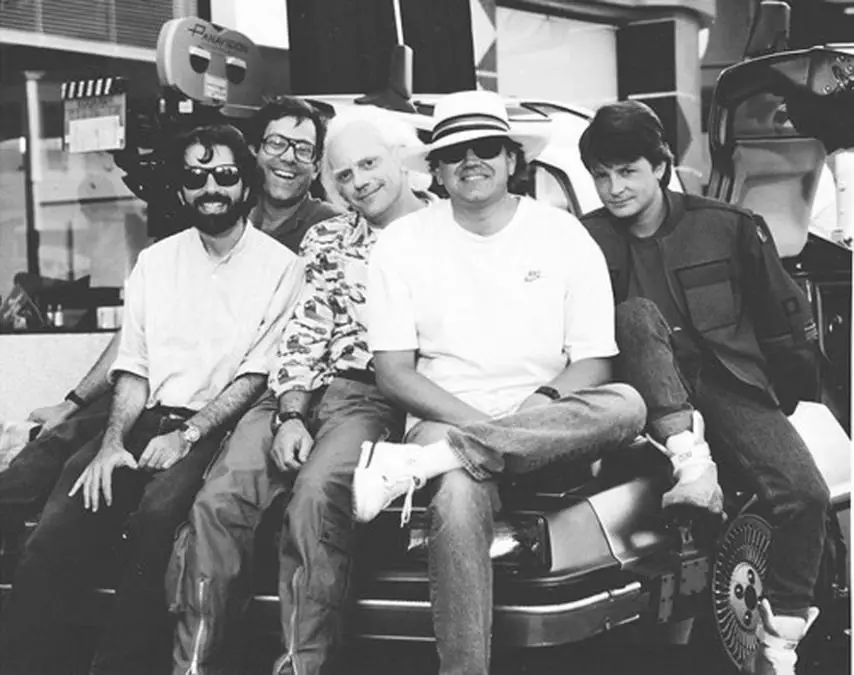
Picking up right where the first part left off, Doc Brown responds to Marty, “Roads? Where we’re going, we don’t need roads,” as the DeLorean leaves the 1985 roads and soars into the rainy skies of 2015.
Universal Pictures partnered with the Industrial Light and Magic department to help bring yet another challenging effect to the big screen: flying cars. Robert Zemeckis was ahead of the times in technology ideas as flying cars have still not made their arrival in 2018. Anyways, roads are a problem of the past, at least for Doc Brown and Marty.
The mechanics of the shot aren’t fancy, as a crane was used to make the car fly but making the automobile drive through the sky couldn’t have been an easy task. Nevertheless, these aspects are easily the most memorable future prediction that “Back to the Future Part II” brought fans in 1989.
Back To the Future Part III (1990)
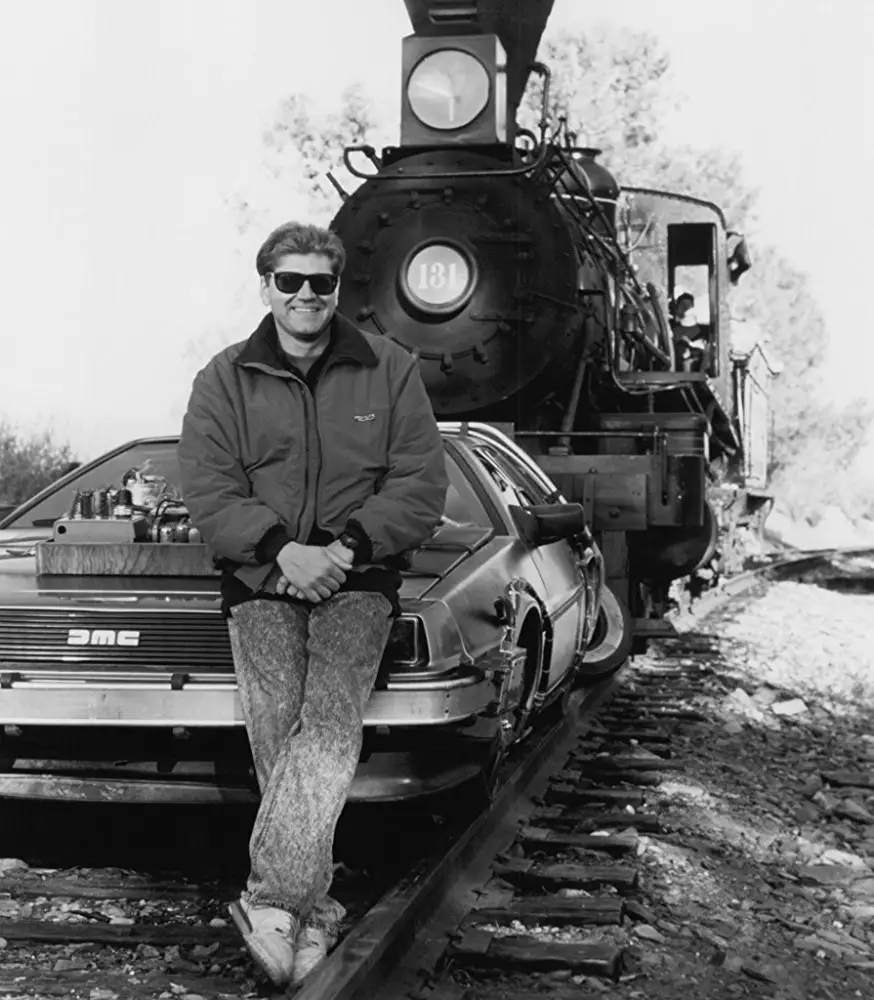
Standing in the pouring rain in 1955 looking up at the DeLorean hovering in the sky, Marty sees Doc Brown disappear with one lightning strike and then a cop car pulls up with a letter addressed to “Mr. Marty McFly,” that says Doc has been happily living in the Old West in the year 1885. Marty must find the 1955 Doc Brown and follow his 1985 Doc Brown’s clues.
Big ideas become even more mind-blowing action shoots as Industrial Light and Magic joined the rest of the “Back to the Future” crew to close out the trilogy with not only a DeLorean time machine but an 1885 locomotive.
With some special effect magic and Doc Brown as the inventor, turning a train into the flying time machine isn’t a problem. Ending an incredible trilogy with Doc Brown waving goodbye to Marty and Jennifer Parker (Elisabeth Shue) as he heads off on his next adventure through time.
Although Zemeckis is widely known for his special effect talent, his storytelling with Gale takes the cake in the epic conclusion to “Back to the Future” trilogy. Every writer slides in pieces of advice in their characters’ dialogues, and this classic isn’t any different. Doc Brown ends the film with some food for thought, “Your future hasn’t been written yet, no ones has. Your future is whatever you make it, so make it a good one.”
Forrest Gump (1994)
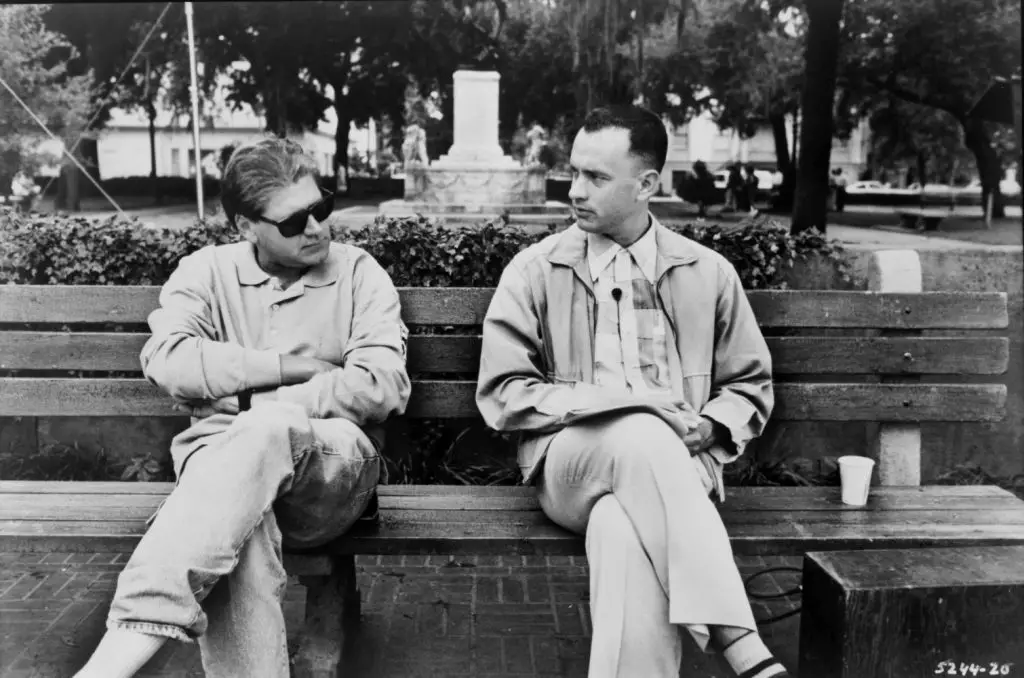
“Forrest Gump” explores American history from the Vietnam War to President John F. Kennedy’s Assassination. Four years after the successful “Back to the Future” trilogy, Robert Zemeckis continued directing groundbreaking special effect films as he connects real actors with archival footage of presidents dating back to John F. Kennedy through the Industrial Light and Magic department team.
Not only does Zemeckis direct films that create astonishing special effects, but he also brings sincere stories to the big screen, “Forrest Gump” has some tough action shots while also covering the emotional trials. A ’90s romance drama loved, by a vast audience, not only for history bluff content but also the whimsical love that shines throughout as Forrest Gump (Tom Hanks) takes viewers through his life story.
Adding this to any movie bucket list is sure to be an absolute treat for any fan as the movie makes history exciting and thrilling as Gump stumbles into remarkable moments in history. Throughout his life, Gump serves in Vietnam alongside Lieutenant Dan and Bubba and later goes on to meet the president several times after the war.
Even though he traveled far and wide doing extraordinary things, he always credits his momma for how far he has come while sticking to her famous saying, “Life is like a box of chocolates. You never know what you’re gonna get.”
Cast Away (2000)
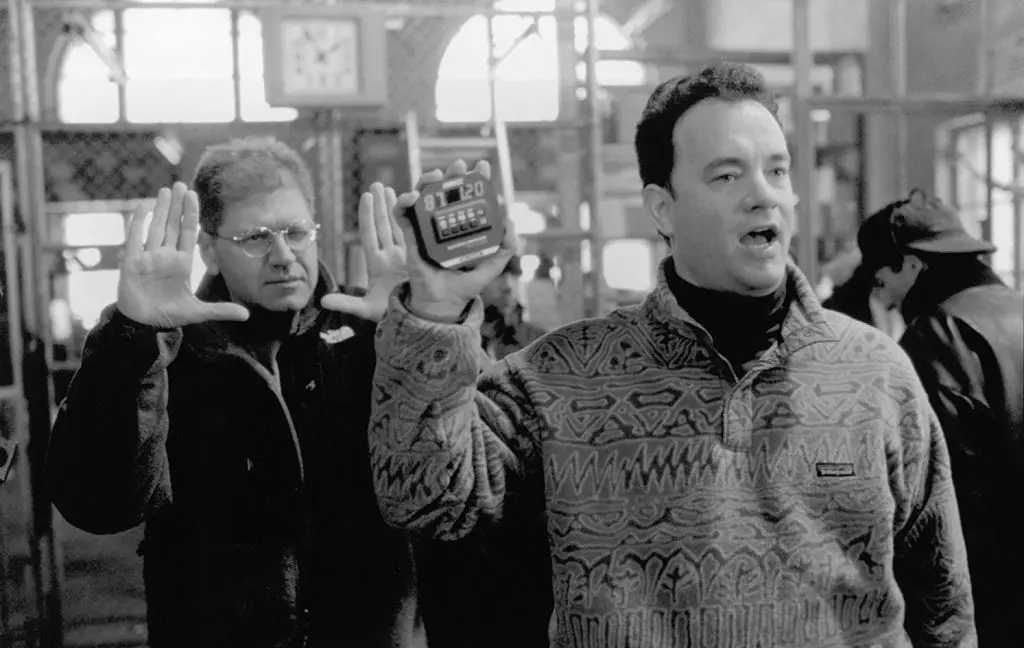
Taking his directorial portfolio to another level, Robert Zemeckis directs a movie that only centers around one character, FedEx executive Chuck Noland (Tom Hanks), after a plane crashes on a deserted island. He has many incredible films in his career, but in this one, his skills are put to the test, and the work paid off. After 18 years, “Cast Away,” camera shots and angles still blow viewers away.
In a New York Times interview from December 2000, Zemeckis shares the many camera styles he used while directing this 2000s classic where Chuck only talks to Wilson the volleyball for a vast portion of the camera shots. He explains how the shots change from a handheld (life before the plane crash) to panning and tilting the camera with two axes (while Chuck is on the island).
”In Chuck’s Fed Ex world before the plane crash, every single shot is done on a Steadicam,” says Zemeckis. “Every shot is frenetic, every shot is handheld. And then, once he gets on the island, every shot is locked in place. I only moved the camera on two axes, panning and tilting it.
“Tom will go out of the frame and come back into the frame, and the camera doesn’t budge. When the camera does move, it moves like a surveillance camera. It moves at a constant speed, while Tom works within the frame, and then it stops when it wants to. It never follows the action of an actor.”
The Polar Express (2004)
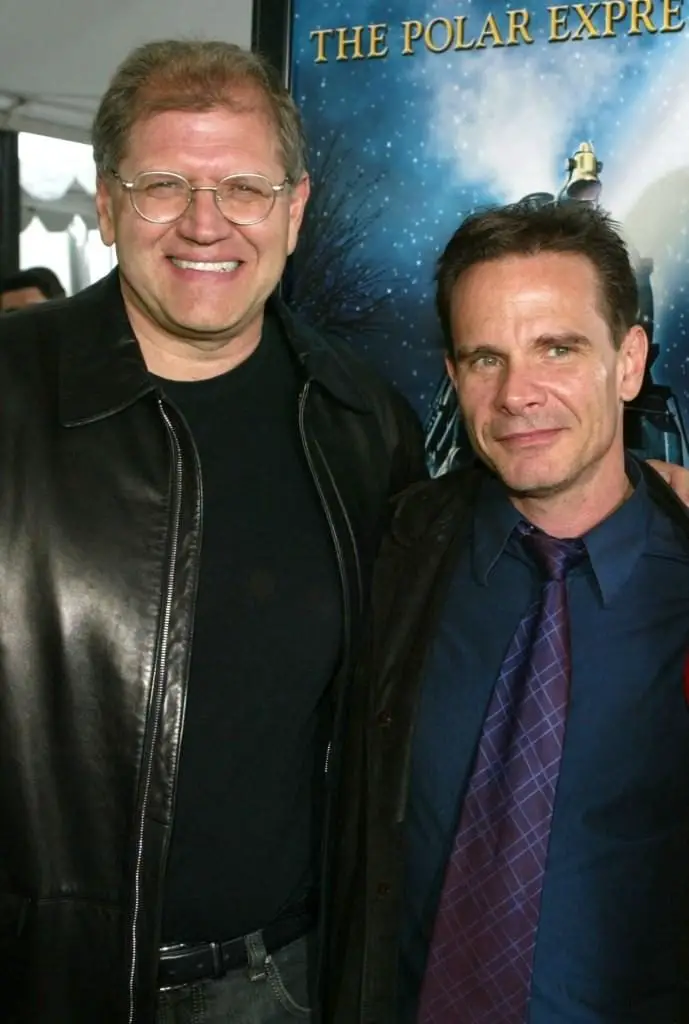
One of the most beloved animated films follows a young boy as he takes the Polar Express to the North Pole on Christmas Eve. While amidst this fascinating journey Hero Boy, voiced by Tom Hanks and Josh Hutcherson, struggles to believe if Santa is a myth or a real man. On a last-minute decision and leap toward a discovery adventure, he boards the Polar Express that happens to come through his neighborhood.
Some of the memorable scenes strive from the camera work by Zemeckis especially a sequence that captures a unique tactic that appears in one of his early films. Many viewers know the famous feather that floats through the opening shots of “Forrest Gump,” this style pops up again with the magic Polar Express ticket throughout the entire movie.
Seemingly following the ticket through the freezing December winds, the audience feels like they are trying to catch the magic like Hero Boy. That is the magic that Zemeckis captures in this film while being an animated production this timeless children’s classic remains a Christmas tradition for many fans.


